At the National Children's Hospital, in just the past month, the hospital's Ophthalmology Department has received nearly 50 cases of acute conjunctivitis (pink eye). Of these, 10-20% of children have serious complications such as pseudomembranes that need to be removed or corneal abrasions (corneal scratches).
The Central Eye Hospital also recorded nearly 2,600 cases of pink eye last July; in August, the hospital recorded more than 2,400 cases.
According to Dr. Luu Thi Quynh Anh, Deputy Head of the Ophthalmology Department, National Children's Hospital, acute conjunctivitis (also known as pink eye) is an inflammation of the transparent white part of the eye (conjunctiva and eyelids).
The disease usually appears in spring and summer, and is easily spread into an epidemic due to contact with secretions of infected people when talking or sneezing, touching objects or sharing personal items contaminated with pathogens such as towels, toothbrushes, keys, doorknobs, stair buttons, phones, toys, etc. The habit of rubbing eyes, touching nose and mouth also increases the risk of infection.
In children, conjunctivitis often occurs during the change of seasons, when the child's body is sensitive and easily affected and attacked by external bacteria.
According to medical experts, pink eye is usually not too serious. If hygiene, care and treatment are good, the disease will last from 5 to 10 days. However, if left untreated, the disease will last for a long time and often recur, the disease can cause dangerous complications such as corneal ulcers, blindness, etc.
Pink eye usually starts 3-7 days after exposure to the source of the disease, symptoms include conjunctival congestion (red eyes), watery eyes, and a lot of eye discharge (can be white, sticky discharge if the disease is caused by a virus, or can be green-yellow discharge if it is caused by a bacterial infection). In young children, it may be accompanied by symptoms of rhinitis, pharyngitis, respiratory tract infection, fever, etc.
In particular, in children, the disease can cause pseudomembranes (a thin, white membrane covering the conjunctiva that causes bleeding, prolongs the healing process, or can damage the cornea), and superficial punctate keratitis.
In a few cases, secondary infection can cause complications such as corneal ulcers, affecting the child's long-term vision.
To prevent the spread of the disease, patients should limit rubbing their eyes, nose, and mouth, and wash their hands regularly with soap and hand sanitizer.
If your eyes are watery or have a lot of eye discharge, use a tissue or cotton swab (used once) to clean them, then throw them in a covered trash can to avoid creating a source of infection for your family and those around you. Disinfect your hands after cleaning your eyes. Use personal items separately.
Clean tables, chairs, living and playing spaces for children with surface disinfectant solutions.
When children have symptoms such as red eyes, watery eyes, and a lot of discharge, they should be taken to an eye clinic for timely treatment and care.
In particular, health experts say the risk of disease outbreaks may increase when students return to school in early September. Therefore, when children are diagnosed with pink eye, families should let them rest at home to avoid spreading the disease.
| Pink eye is a benign disease that usually goes away on its own after 7-10 days. When you have pink eye, you need to persistently wash your eyes with salt water 5-6 times/day. Rest your eyes (close your eyes, look far away), do not look at electronic devices. Absolutely do not steam betel leaves as it can cause red and swollen eyes. Do not use corticosteroid drops on your own. |
Source



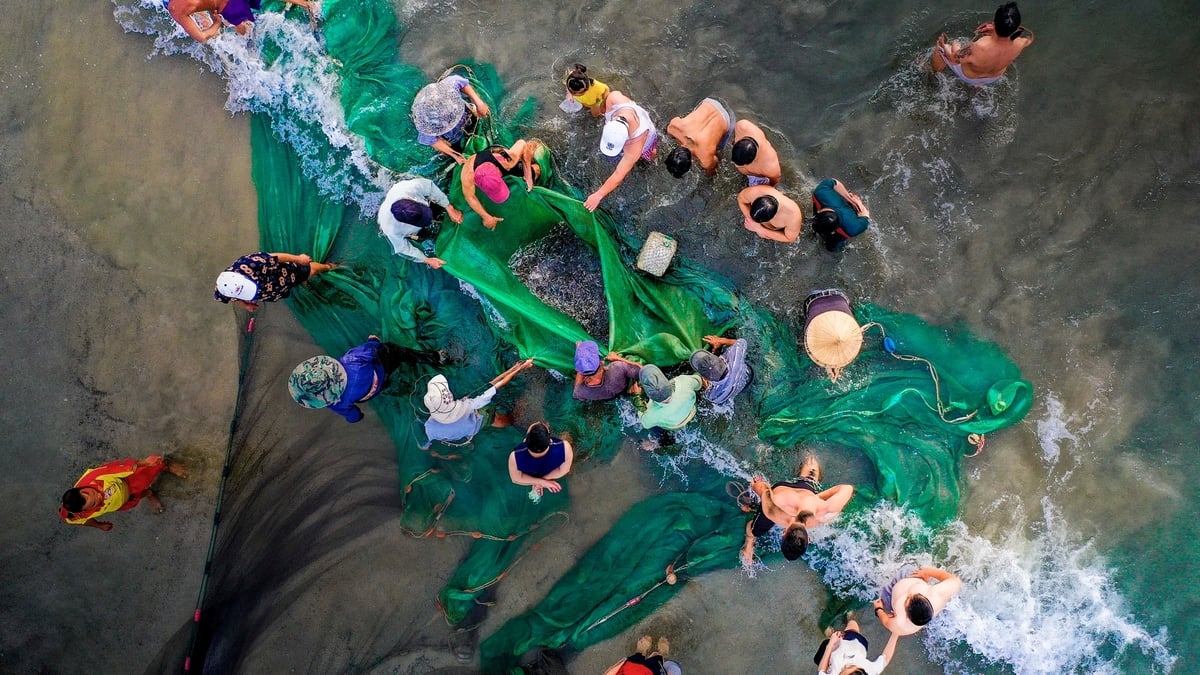
![[Photo] More than 124,000 candidates in Hanoi complete procedures for the 2025 High School Graduation Exam](https://vphoto.vietnam.vn/thumb/1200x675/vietnam/resource/IMAGE/2025/6/25/fa62985b10464d6a943b58699098ae3f)

![[Photo] General Secretary To Lam works with the Standing Committee of Quang Binh and Quang Tri Provincial Party Committees](https://vphoto.vietnam.vn/thumb/1200x675/vietnam/resource/IMAGE/2025/6/25/6acdc70e139d44beaef4133fefbe2c7f)
![[Photo] First training session in preparation for the parade to celebrate the 80th anniversary of National Day, September 2nd](https://vphoto.vietnam.vn/thumb/1200x675/vietnam/resource/IMAGE/2025/6/25/ebf0364280904c019e24ade59fb08b18)
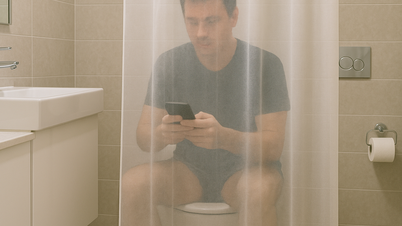


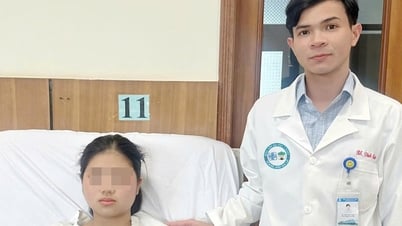



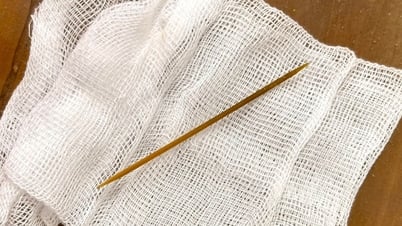









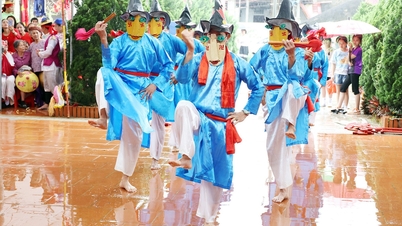







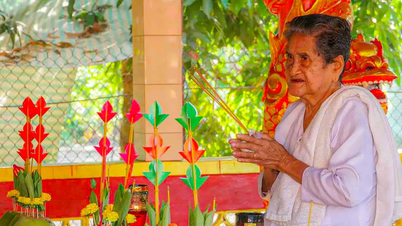






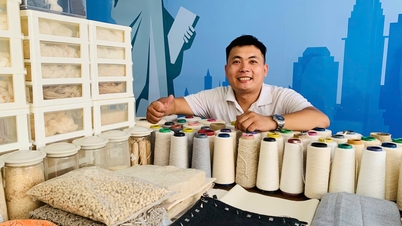
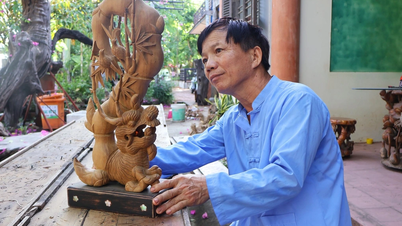






















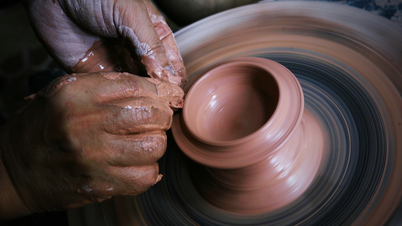





































Comment (0)